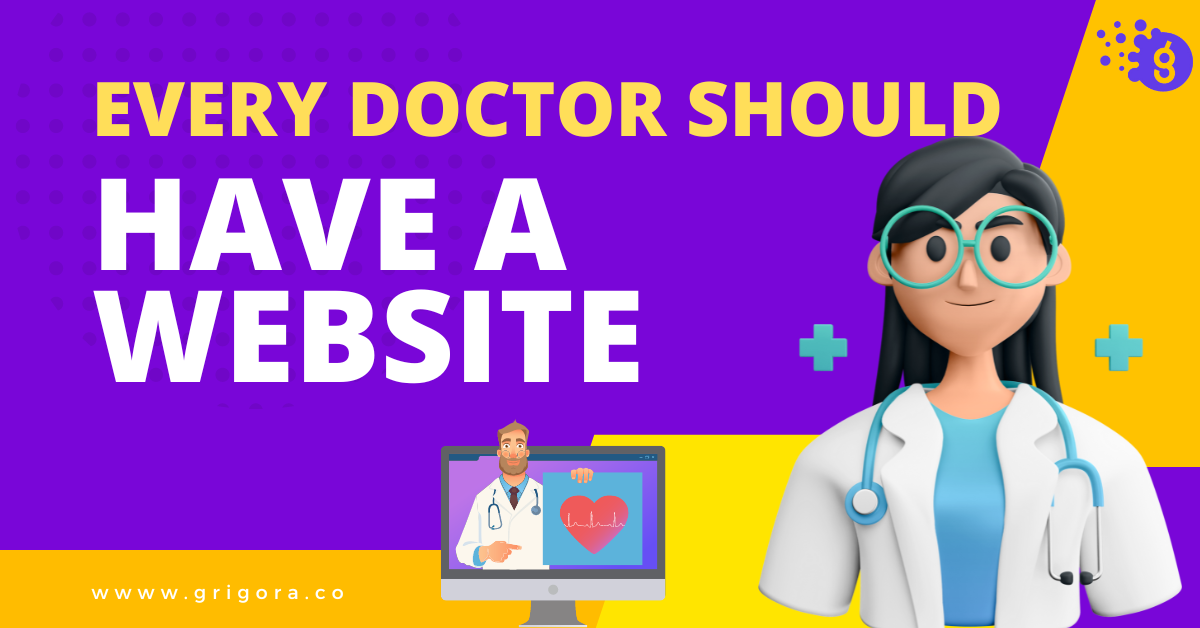Introduction
The Importance of Bug-Finding
Quality is not an act, it is a habit.
Aristotle
In the digital age, the quality of your website is more critical than ever. Bugs can severely affect the user experience, SEO rankings, and the overall performance of your website. A single bug can turn a visitor away, possibly losing a customer for life.
What Constitutes a 'Bug'
A 'bug' is not just an error that crashes your site; it can be anything that affects the functionality, performance, or user experience of your website. This includes functional issues like broken links, UI issues like misaligned text, performance issues like slow loading times, and security vulnerabilities like data leaks.
Scope of the Article
This article aims to provide you with a comprehensive guide on finding bugs in your website. We will cover 30 essential tips, categorized by testing types, to help you identify and fix issues that could be affecting your website's performance and user experience.
Pre-Testing Preparations

1. Define Testing Objectives
Before you dive into the bug-finding process, it's crucial to set clear objectives. What do you hope to achieve with this testing? Are you looking for functional errors, performance issues, or both? Having clear goals will guide your testing process and help you measure your results more effectively.
2. Assemble a Testing Team
While it's possible to test a website single-handedly, a team approach often yields better results. Different people can bring different perspectives and skills to the table. Your team should ideally include a mix of developers, designers, and QA testers.
3. Choose Testing Tools
There are numerous tools available for website testing, each with its own set of features and limitations. Whether you choose automated testing tools like Selenium or manual testing tools like JIRA, make sure they align with your testing objectives.
Functional Testing
4. Test User Registration and Login
One of the first functionalities to test is the user authentication process. Make sure that the registration and login forms work as expected. Test for validation errors, successful submissions, and edge cases like password recovery.
5. Test Form Submissions
Forms are a common feature on many websites, used for everything from search bars to contact forms. Ensure that all forms validate inputs correctly and submit data as expected. Don't forget to test for error messages and confirmations.
6. Test Payment Gateways
If your website involves financial transactions, the payment gateway is a critical area to test. Ensure that payments go through correctly, receipts are generated, and the user's financial data is secure.
7. Test Database Connections
Your website's database connections should be robust and secure. Test to make sure that data is being retrieved and stored correctly, and that there are no vulnerabilities that could be exploited.
User Interface (UI) Testing
8. Check Responsiveness
In today's digital age, users access websites from a variety of devices. It's crucial to ensure that your website is responsive and provides a consistent experience across different screen sizes.
9. Test Color and Font Consistency
Visual consistency is key to a professional-looking website. Make sure that the colors and fonts are consistent across different pages and elements.
10. Test Links and Buttons
Functional and intuitive UI elements are essential for a good user experience. Test all links and buttons to ensure they lead to the correct destinations and perform their intended functions.
Performance Testing
11. Test Page Load Speed
Slow-loading pages can frustrate users and negatively impact SEO. Utilize tools like Google PageSpeed Insights to evaluate your website's load time and implement recommended improvements.
12. Test Under Load
Your website should be capable of handling multiple users simultaneously. Use load testing tools to simulate high traffic and observe how your website performs under stress.
13. Test Caching
Caching can significantly improve your website's performance. Make sure that your caching settings are optimized to provide a fast and smooth user experience.
Security Testing
14. Test for SQL Injection
SQL injection is a common web application vulnerability. Use specialized tools to test your website's database security and ensure that it's not susceptible to SQL injection attacks.
15. Test Data Encryption
Sensitive data like passwords and payment information should be encrypted. Verify that your encryption methods are up to date and robust.
16. Test User Permissions
Different users may have different levels of access to your website. Test the permissions for various user roles to ensure they can only access what they're supposed to.
Additional Tips

In this section, we'll cover a variety of miscellaneous tips that are equally important but didn't fit into the other specialized categories.
17. Test for 404 Errors
Make sure all your web pages are accessible and that there are no 404 errors. Broken links can be detrimental to user experience and SEO.
18. Check SEO Meta Tags
SEO is crucial for your website's visibility. Ensure that all meta tags, including title and description, are appropriately set for each page.
19. Test Social Media Integration
If your website has social media buttons, test them to ensure they're working correctly and leading to the right profiles.
20. Test Email Notifications
Why It's Important:
Email notifications serve as a communication bridge between your website and the users. Whether it's a sign-up confirmation, order receipt, or a comment notification, these emails should be delivered promptly and accurately.
How to Test:
Perform actions on your website that trigger these emails and check whether they are received in the correct inbox folder, not the spam folder. Also, ensure that the email content is correct and free of errors.
21. Test File Uploads
Why It's Important:
File upload functionality is often crucial for user-generated content and needs to be both functional and secure to protect against malicious uploads.
How to Test:
Try uploading various types of files to see if the system correctly accepts or rejects them based on your set criteria. Also, check the security measures in place for file uploads.
22. Check for Broken Images
Why It's Important:
Broken images not only make your site look incomplete but also affect your SEO rankings.
How to Test:
Navigate through your website and look for any image that fails to load. Use tools that can automatically scan for broken images and ensure each image has proper alt text for SEO.
23. Test Video and Audio Playback
Why It's Important:
Smooth video and audio playback enhance user engagement and overall experience.
How to Test:
Play videos and audio files on different devices and browsers to ensure smooth playback. Check if the controls are user-friendly and functional.
24. Check Date and Time Functions
Why It's Important:
Incorrect date and time can lead to misunderstandings and missed opportunities, especially in booking systems or event calendars.
How to Test:
Interact with any date and time functions on your website to ensure they display the correct information. Test any booking or scheduling features thoroughly.
25. Test Website in Different Browsers
Why It's Important:
Cross-browser compatibility ensures that your website functions correctly regardless of the browser used.
How to Test:
Open your website in multiple browsers such as Chrome, Firefox, Safari, and Edge to check for any inconsistencies.
26. Test Social Media Sharing Buttons
Why It's Important:
Social media sharing buttons are essential for increasing the visibility of your content. They should be easily accessible and functional.
How to Test:
Share content from your website on various social media platforms using the sharing buttons. Ensure that the shared content appears correctly on social media, including any images, titles, and descriptions.
27. Test Pop-ups and Modals
Why It's Important:
Pop-ups and modals are often used for capturing leads or providing important information. They should be easy to interact with and should not disrupt the user experience.
How to Test:
Trigger all the pop-ups and modals on your website. Check if they are easy to close and whether they function as expected on different devices and screen sizes.
28. Test Website Search Functionality
Why It's Important:
A website's search function is crucial for helping users find the content they're looking for, thereby improving user experience.
How to Test:
Perform various searches using the website's search bar. Check if the search results are relevant and if advanced search options work as expected.
29. Test 404 and Other Error Pages
Why It's Important:
Error pages like 404 not found should be user-friendly and guide the user back to a useful page.
How to Test:
Deliberately navigate to non-existent pages to trigger error messages. Check if the 404 page is user-friendly and provides options to navigate back to relevant sections of the website.
30. Test Website Load Time
Why It's Important:
Slow load times can frustrate users and negatively impact SEO rankings.
How to Test:
Use tools like Google PageSpeed Insights to check your website's load time. Follow the recommendations provided to improve load times.
FAQs
How Often Should I Test My Website for Bugs?
The frequency of testing depends on various factors such as the complexity of your website, the volume of traffic, and the sensitivity of the data it handles. For e-commerce websites or sites that handle sensitive information, more frequent testing is advisable.
What Are the Best Tools for Finding Bugs?
There are numerous tools available for different types of testing, including Selenium for automated testing, JIRA for bug tracking, and Google PageSpeed Insights for performance testing.
How Do I Prioritize Which Bugs to Fix First?
Prioritizing bugs depends on their impact on the user experience and website functionality. Critical bugs that affect security or major functionalities should be fixed immediately, while minor UI issues can be scheduled for future sprints.
Conclusion
Summary of Key Points
In this article, we've covered 30 comprehensive tips to help you find bugs in your website. From functional and UI testing to performance and security checks, these tips are designed to ensure your website runs smoothly and offers an excellent user experience.
The Importance of Regular Testing
Regular testing is not just a one-time task but an ongoing process. Consistent and thorough testing ensures that your website remains bug-free, secure, and user-friendly.



